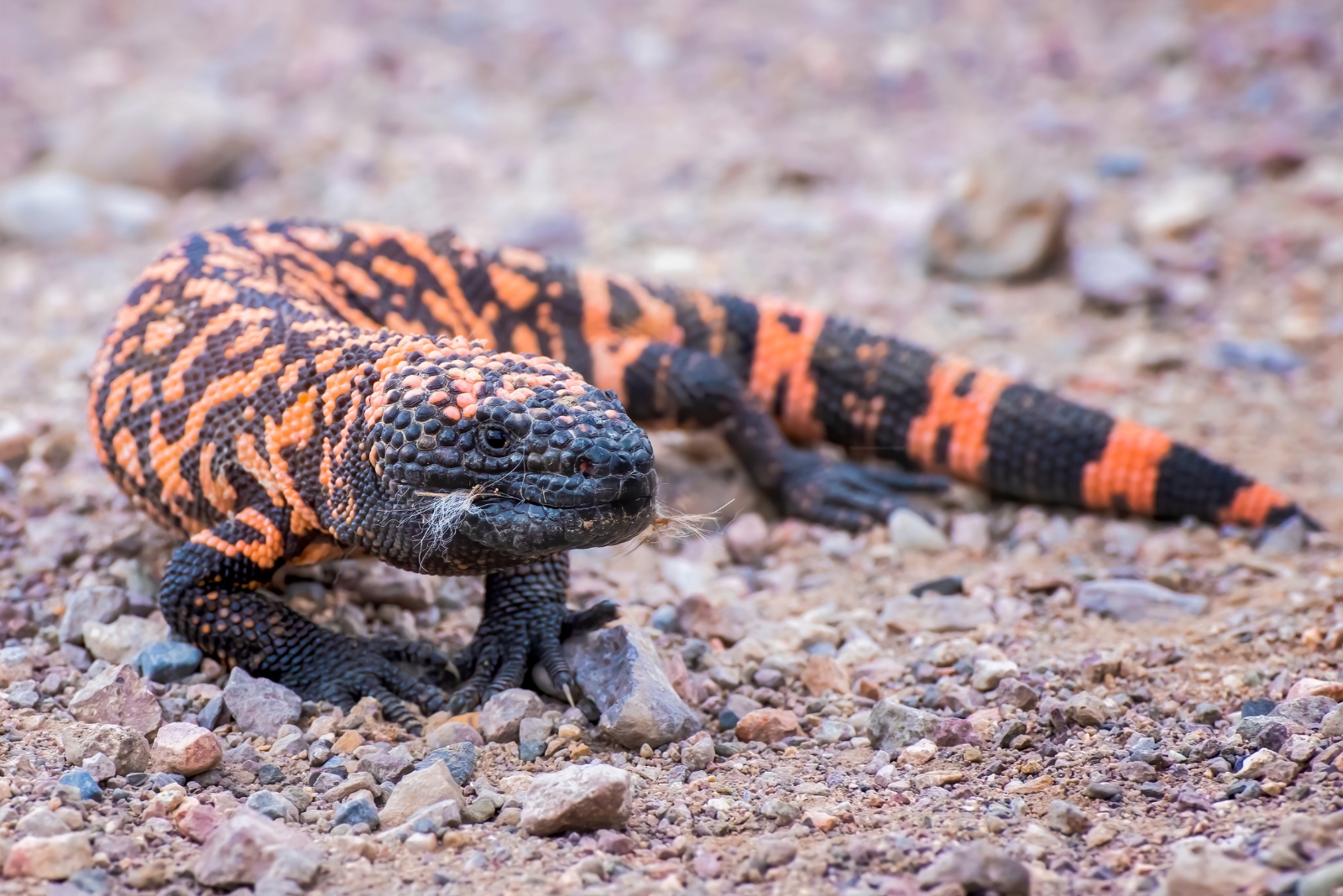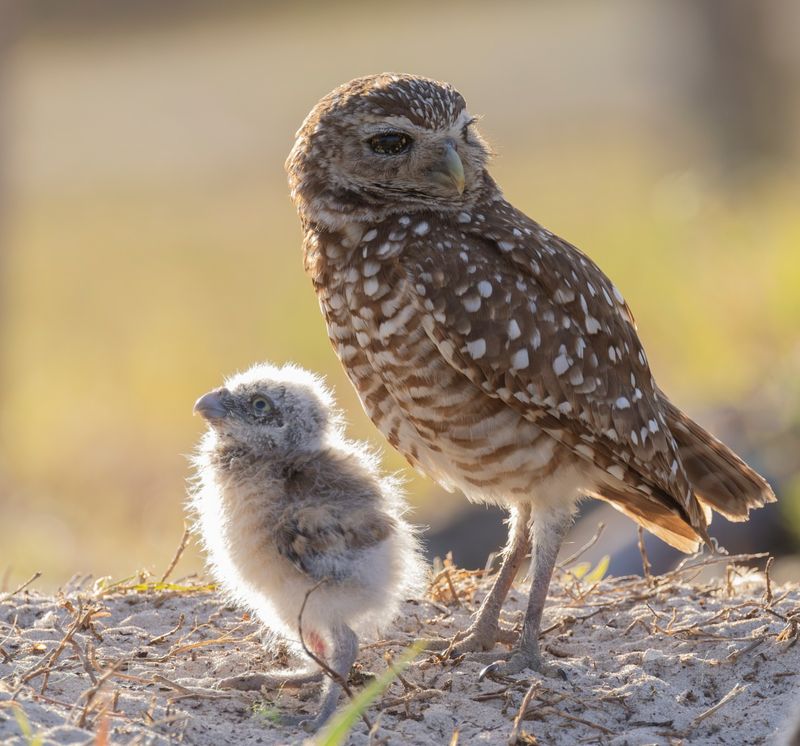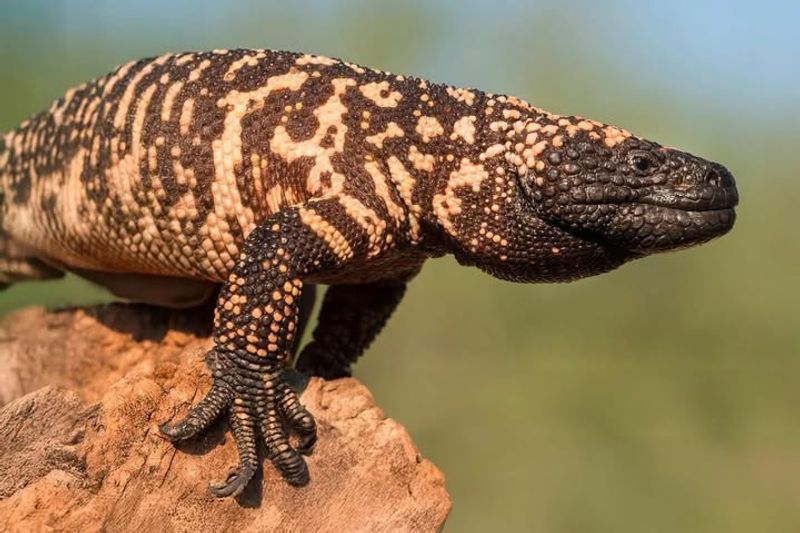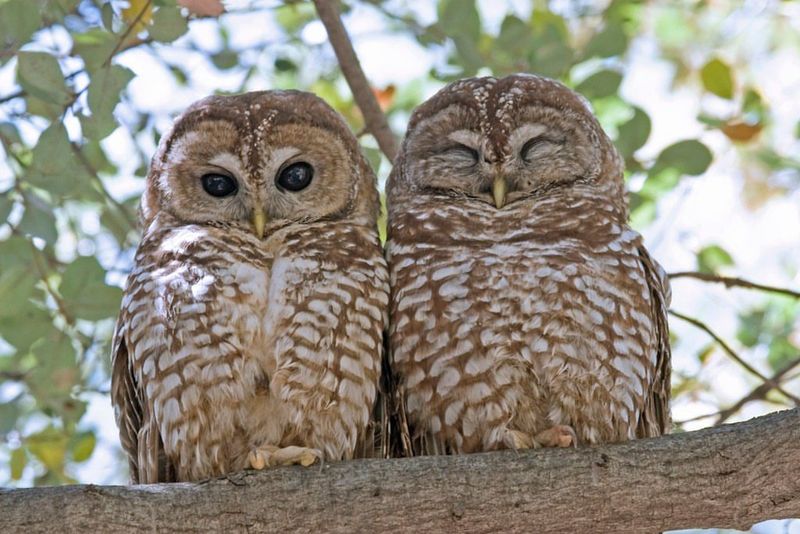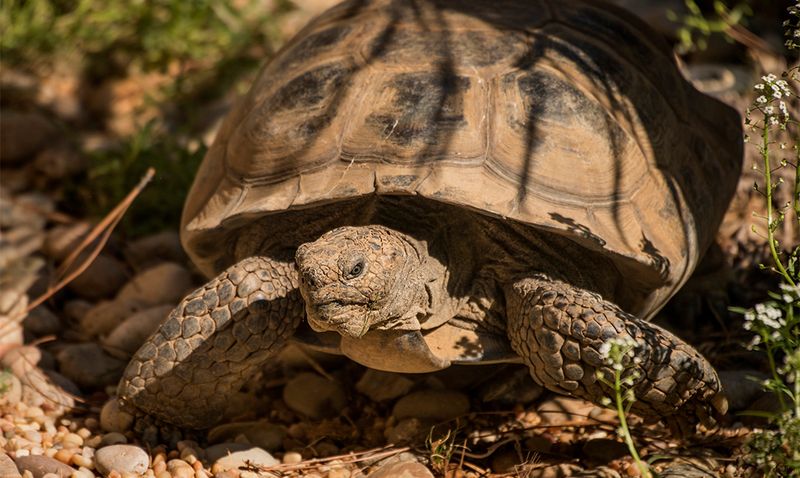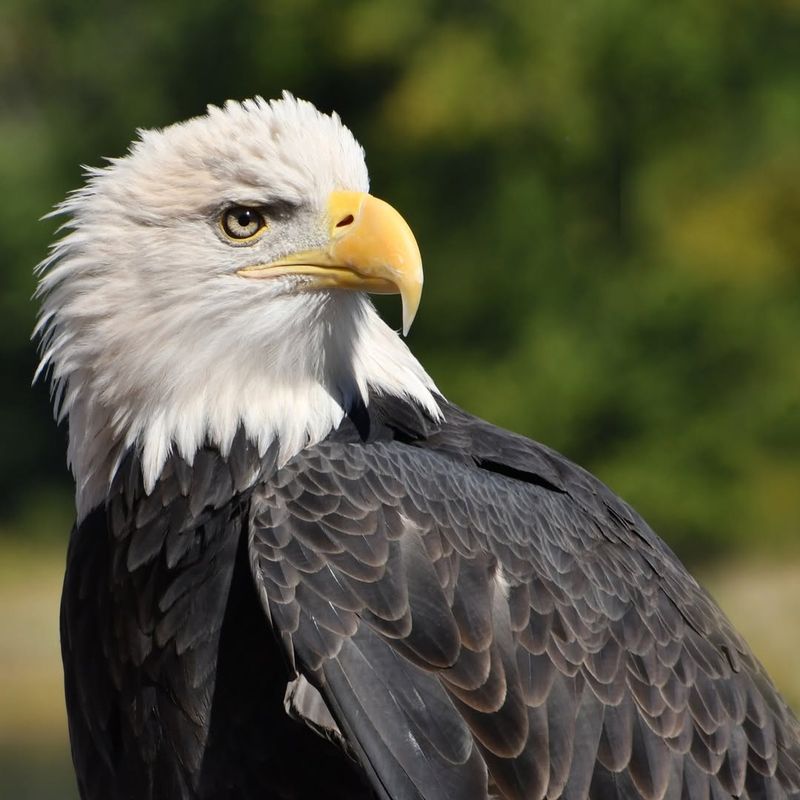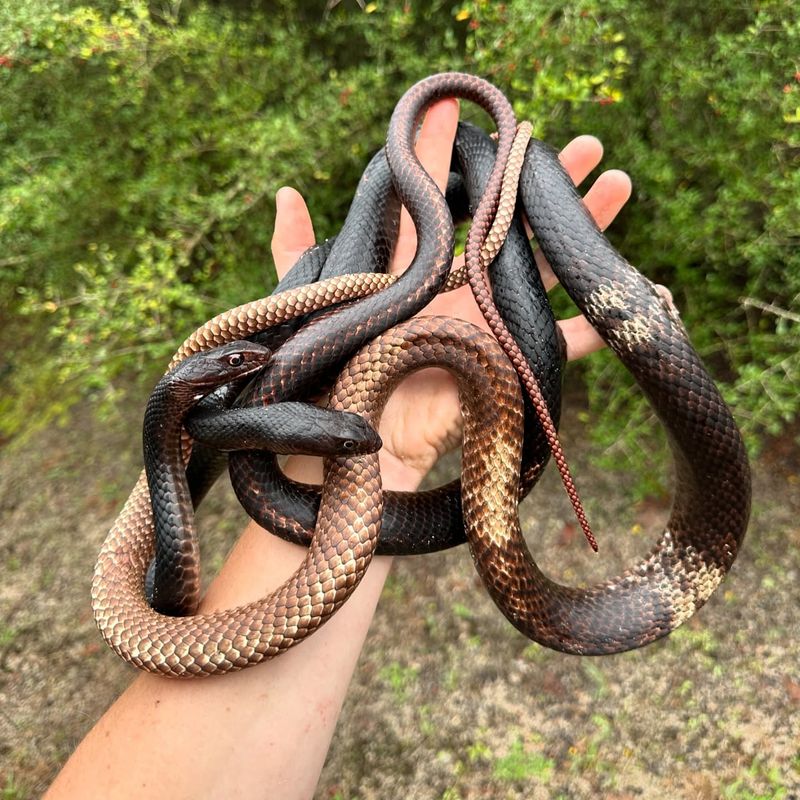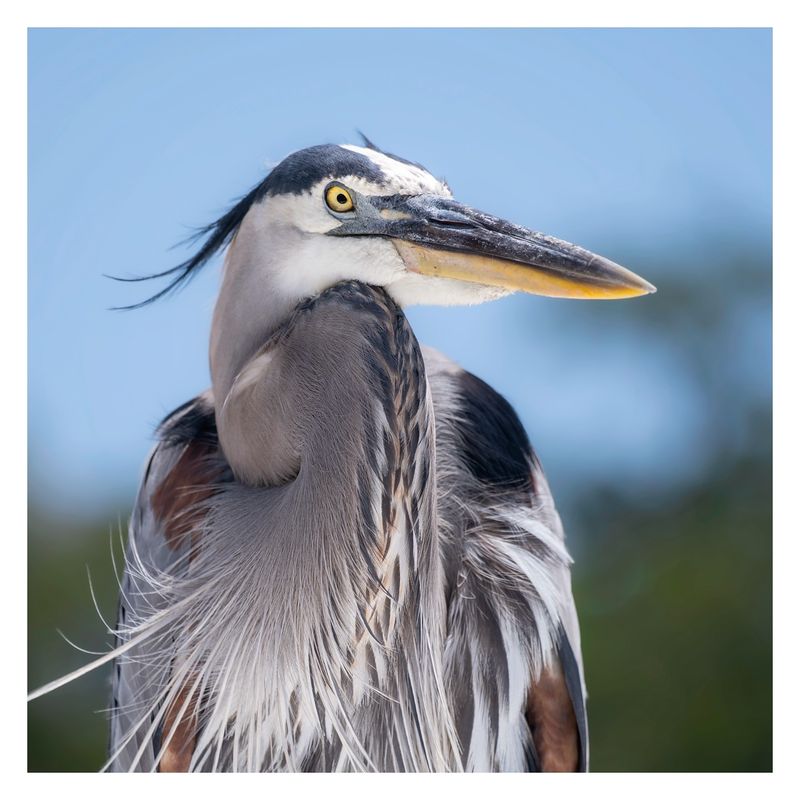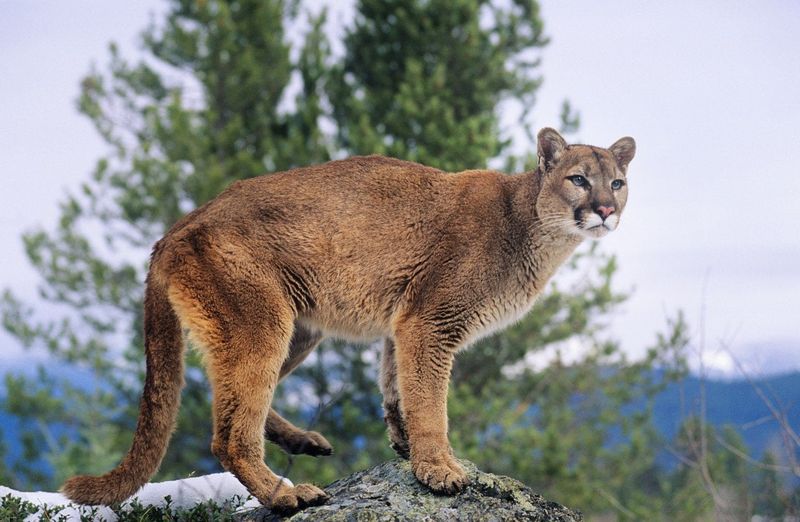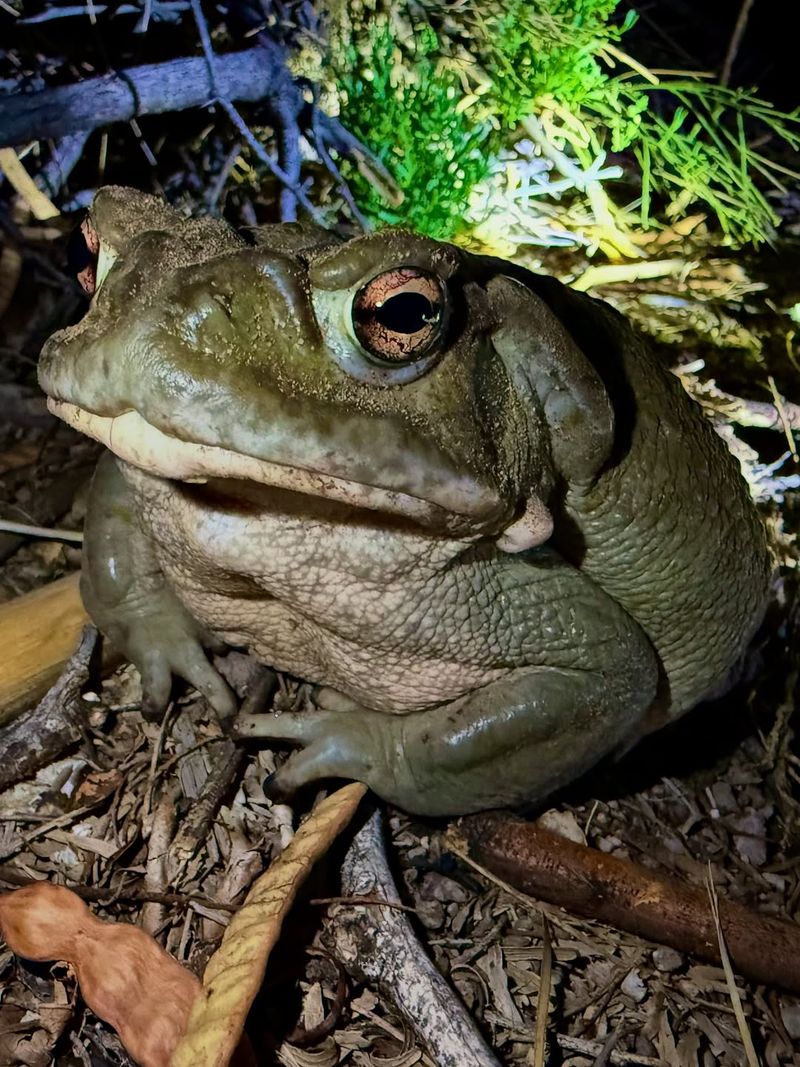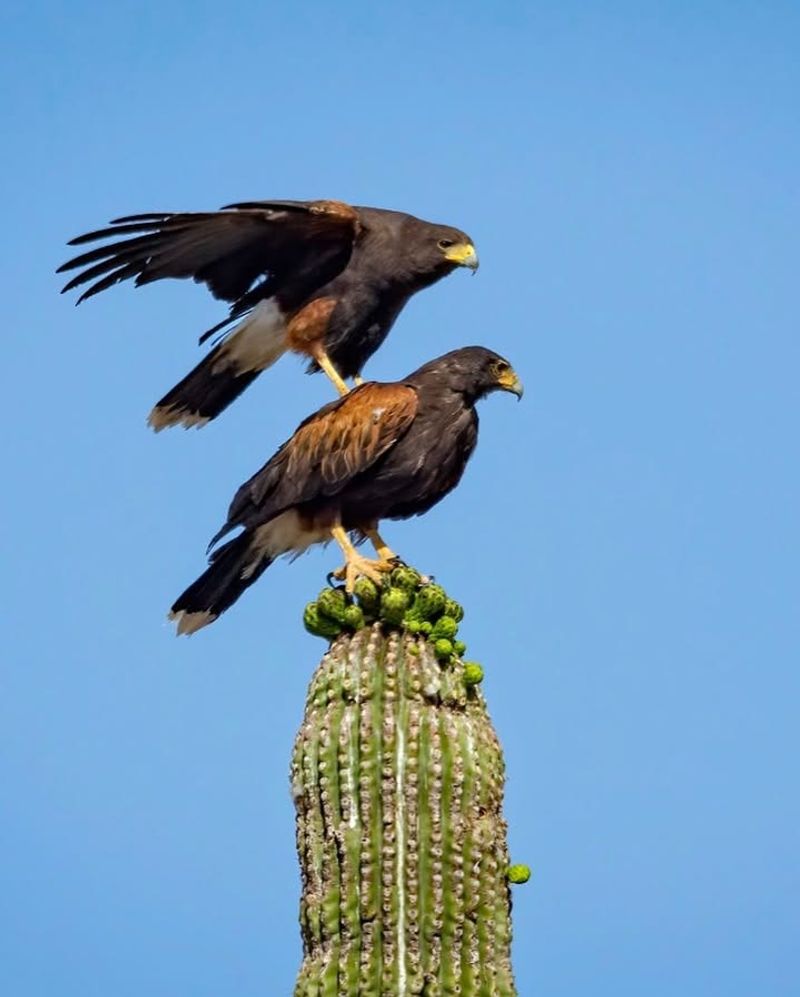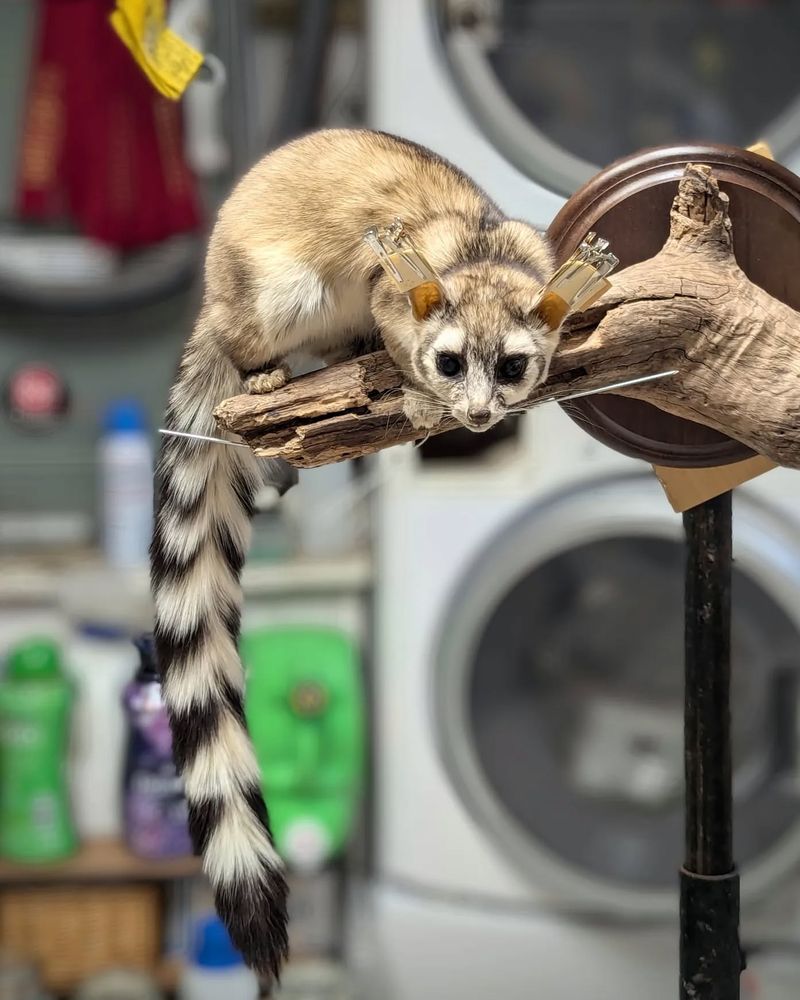Living in Arizona means sharing your space with some amazing wildlife. But did you know that removing certain creatures from your property could land you in serious legal trouble?
State and federal laws protect many animals, and breaking these rules can result in hefty fines or even jail time.
1. Burrowing Owls
Small but fierce, burrowing owls stand about nine inches tall and make their homes in underground tunnels across Arizona. Federal law protects them under the Migratory Bird Treaty Act, making it illegal to disturb their nests or burrows.
If you spot one on your property, consider yourself lucky! Call a wildlife expert if they’re causing problems. Moving them yourself could cost you thousands in fines.
Building around their habitat requires special permits, so always check before starting construction projects.
2. Gila Monsters
Arizona’s only venomous lizard wears bright orange and black patterns like a warning label. Gila monsters move slowly but pack a painful bite that can last for hours.
State law strictly prohibits harassing, capturing, or killing these reptiles without a special permit. They’re protected because their numbers have dropped significantly over the years.
Most of the time, they’ll avoid you completely. Keep your distance and let them pass through your yard naturally without interference.
3. Mexican Spotted Owls
Deep canyon walls and old forests provide perfect homes for these medium-sized owls with chocolate-brown spots. Their population struggles have earned them federal protection as a threatened species.
Logging and development threaten their habitat, which is why removing them brings serious consequences. Even accidentally disturbing their nesting sites during breeding season violates federal law.
If you hear their distinctive hooting at night, enjoy the natural concert from a respectful distance instead.
4. Desert Tortoises
Wandering slowly through the Sonoran Desert, these ancient-looking reptiles can live for over 80 years in the wild. Their domed shells and wrinkled skin make them look prehistoric.
Both state and federal laws guard them fiercely because disease and habitat loss have devastated their populations. Taking one home as a pet might seem harmless, but it’s actually a federal crime.
Watch them from afar and never pick them up, as stress can cause them to release stored water they need for survival.
5. Bald Eagles
America’s national symbol soars above Arizona lakes and rivers, hunting for fish with incredible precision. Their white heads and massive wingspans make them unmistakable in flight.
The Bald and Golden Eagle Protection Act makes harming these birds one of the most serious wildlife crimes possible. Even possessing a single feather without proper permits is illegal.
Winter brings more eagles to Arizona’s waterways, offering spectacular viewing opportunities. Binoculars let you appreciate their majesty without breaking any laws.
6. Coachwhip Snakes
Lightning-fast and incredibly long, coachwhips race across Arizona deserts at speeds that seem impossible for a snake. Their thin bodies can stretch over six feet, and they come in various colors from tan to reddish-brown.
Arizona law protects all native snakes from being killed without proper reason or permits. Coachwhips eat rodents and other pests, making them valuable neighbors.
Despite old myths, they won’t chase you down or whip you. Just give them space to escape naturally.
7. Black Bears
Mountain forests and high-elevation areas throughout Arizona hide populations of surprisingly adaptable black bears. They’re actually more common than most residents realize, especially in northern regions.
Killing or relocating bears without authorization from Arizona Game and Fish violates state regulations. Only licensed professionals can handle bear removal when conflicts arise.
Secure your garbage, remove bird feeders, and never leave pet food outside. Prevention keeps bears wild and your family safe without legal complications.
8. Great Blue Herons
Standing nearly four feet tall, these elegant wading birds hunt along Arizona’s rivers and ponds with remarkable patience. Their blue-gray feathers and long necks create a striking silhouette.
Federal protection covers all migratory birds, including great blue herons that visit backyard ponds. Disturbing their nests during breeding season carries particularly steep penalties.
If they’re eating your koi fish, netting your pond works better than trying to scare them away. Legal solutions exist that don’t involve removing protected birds.
9. Mountain Lions
Powerful and secretive, mountain lions roam Arizona’s wilderness mostly unseen by human eyes. These large cats can weigh over 150 pounds and hunt deer across vast territories.
Strict regulations govern when and how mountain lions can be removed from properties. Self-defense situations have specific legal requirements you must follow immediately.
Most encounters never happen because lions avoid people naturally. Report sightings to authorities rather than attempting removal yourself, which almost always requires professional wildlife officers.
10. Sonoran Desert Toads
Massive toads emerge during Arizona’s monsoon season, sometimes growing as large as dinner plates. Their olive-green skin oozes toxic secretions that protect them from predators.
While not federally protected, killing or collecting them violates Arizona wildlife regulations. Their population numbers concern scientists who track declining amphibian species worldwide.
Dogs face serious danger from these toads’ poison, so keep pets away. Removing toads yourself risks both legal trouble and potential poisoning from handling them incorrectly.
11. Harris’s Hawks
Unique among raptors, Harris’s hawks hunt in cooperative family groups across Arizona’s desert landscapes. Their chestnut-brown feathers and yellow legs make identification easy.
State and federal laws protect all hawk species from harassment or harm. These intelligent birds help control rabbit and rodent populations naturally.
Watching their coordinated hunting strategies provides incredible entertainment. Photography from a distance lets you capture their behavior without disturbing protected wildlife or risking legal consequences from getting too close.
12. Ringtail Cats
Arizona’s state mammal looks like a mix between a cat and a raccoon, with enormous eyes and a bushy striped tail. Nocturnal habits keep them hidden from most property owners.
Trapping or removing ringtails without proper licensing breaks state wildlife laws. Miners once kept them as pets to control rodents, but that practice is now illegal.
If you spot one, consider it a special treat since they’re rarely seen. Their presence indicates a healthy ecosystem on your property worth protecting naturally.

